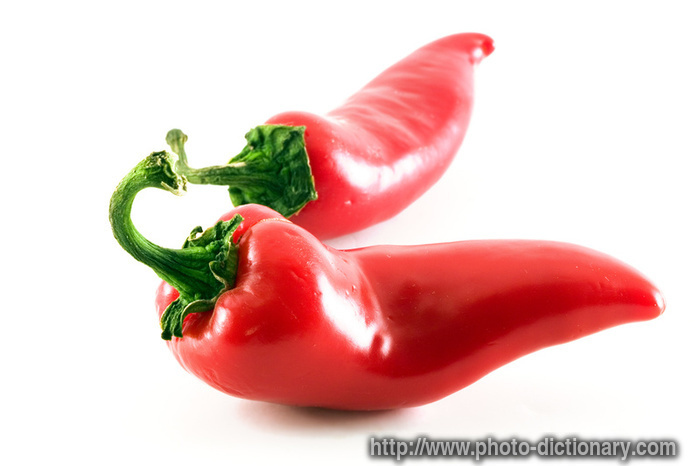One of the best ways to eradicate weeds from your garden is through organic techniques. Weed control is achieved by using natural materials found in your house and of course- nature.
A method called soil solarization is a technique of controlling weeds by subjecting it to the heat of the sun during the hot months and the cooler months as well. This method will not only make your soil weed-free and pest-free but it also makes it ideal for planting crops and vegetable and other flowers.
Start Digging
The first step is to cultivate the soil to loosen up hard, compacted soil, and also to bring to the upper inch of the soil some dormant weed seeds.

Rake It, Soak It
After tilling the soil, use a rake to smooth and level the entire surface. This is important to make sure all the seeds of the weeds are in close contact with the soil. Water the soil until wet but not soggy (moist soil will trap heat better than a dry one).
Cover it Up
Spread a plastic over the soil to wrap it up. Make sure to cover the plastic's edges with stones or bricks to really efficiently trap the sun's heat and kill any weed seeds, pesky pests and soil-borne fungal diseases. Depending on the gardener, the plastic can be left in place for utmost 6 weeks enough to kill any weeds and pests in the soil. Two weeks is usually enough to kill weeds and pests when you are in a warmer zone. However, in mild to moderately chilly areas, the plastic is ideally placed on the ground by autumn and removed during spring.
Sandwich Effect
You can cover the plastic with another layer of plastic to heighten the level of solarization. Heat coming from the sun will be trapped in between two plastic layers intensifying the heating process. One month before you decide to grow plants, you can remove one layer of plastic to reduce the heat inside.
Spring Hill Nursery One Cent Sale
A method called soil solarization is a technique of controlling weeds by subjecting it to the heat of the sun during the hot months and the cooler months as well. This method will not only make your soil weed-free and pest-free but it also makes it ideal for planting crops and vegetable and other flowers.
Start Digging
The first step is to cultivate the soil to loosen up hard, compacted soil, and also to bring to the upper inch of the soil some dormant weed seeds.
Rake It, Soak It
After tilling the soil, use a rake to smooth and level the entire surface. This is important to make sure all the seeds of the weeds are in close contact with the soil. Water the soil until wet but not soggy (moist soil will trap heat better than a dry one).
Cover it Up
Spread a plastic over the soil to wrap it up. Make sure to cover the plastic's edges with stones or bricks to really efficiently trap the sun's heat and kill any weed seeds, pesky pests and soil-borne fungal diseases. Depending on the gardener, the plastic can be left in place for utmost 6 weeks enough to kill any weeds and pests in the soil. Two weeks is usually enough to kill weeds and pests when you are in a warmer zone. However, in mild to moderately chilly areas, the plastic is ideally placed on the ground by autumn and removed during spring.
Sandwich Effect
You can cover the plastic with another layer of plastic to heighten the level of solarization. Heat coming from the sun will be trapped in between two plastic layers intensifying the heating process. One month before you decide to grow plants, you can remove one layer of plastic to reduce the heat inside.
Spring Hill Nursery One Cent Sale






